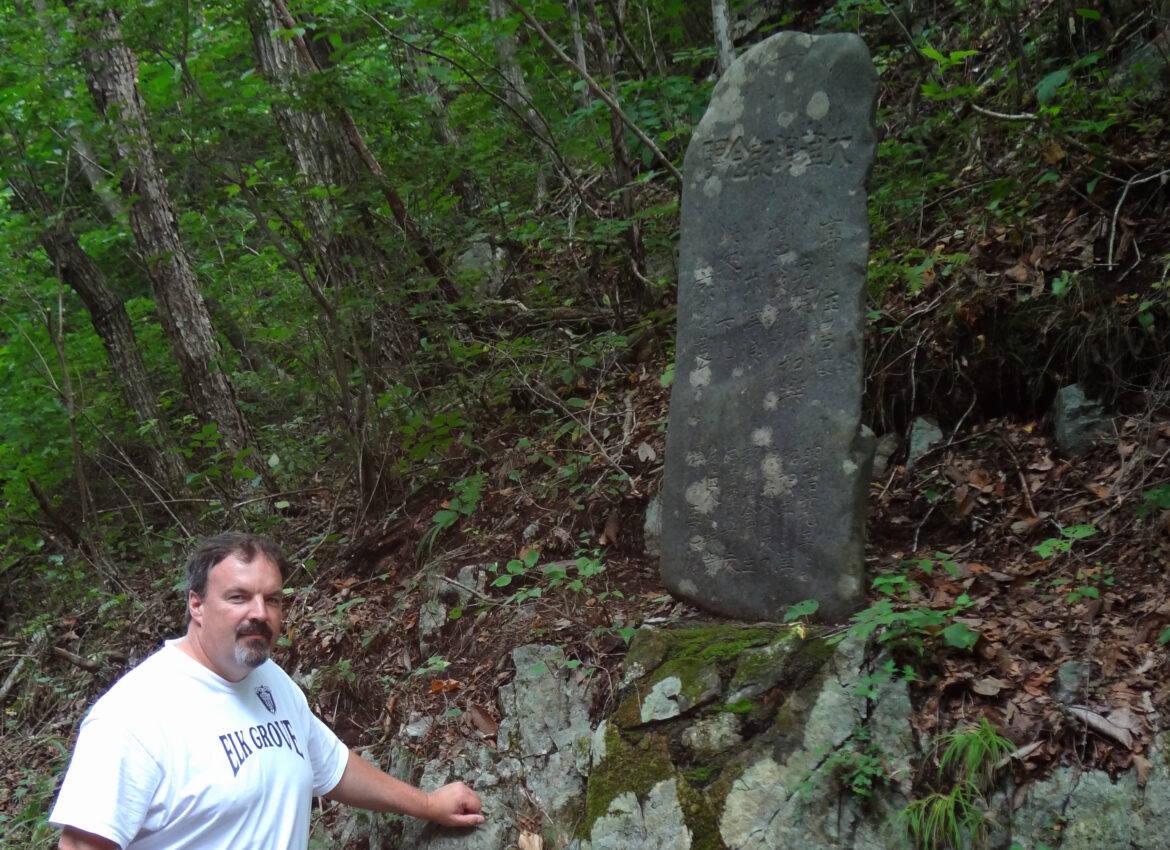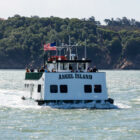The California Geological Survey creates maps showing which areas scientists expect a major tsunami would flood. The latest update of this map shows that broader swaths of the Bay Area are likely to be affected than previous maps indicated — for example, the San Francisco Zoo is now in an evacuation zone. Rick Wilson, a senior engineering geologist with the California Geological Survey and manager of its tsunami program, joined “Civic” to outline some tsunami basics and explained how and why these maps are made and updated.
“Tsunamis will have a train of maybe anywhere from 10 to 30 tsunami waves behind it, and they’ll typically dissipate as they go. But that first several hours, like the first five hours of the tsunami, are the most important. That’s where we see the biggest waves. It’s important for people to know that when the first wave arrives, that’s not going to typically be the biggest wave. So you need to not just go by what you see, it’s: You go by what you hear from officials to stay safe, get out of the way of it. And stay there for a period of time. Because these multiple waves could last anywhere from 10 hours to 20 hours.”
— Rick Wilson
A segment from our radio show and podcast, “Civic.” Listen at 8 a.m. and 6 p.m. Tuesdays and Thursdays at 102.5 FM in San Francisco, or online at ksfp.fm, and subscribe on Apple, Google, Spotify or Stitcher.










